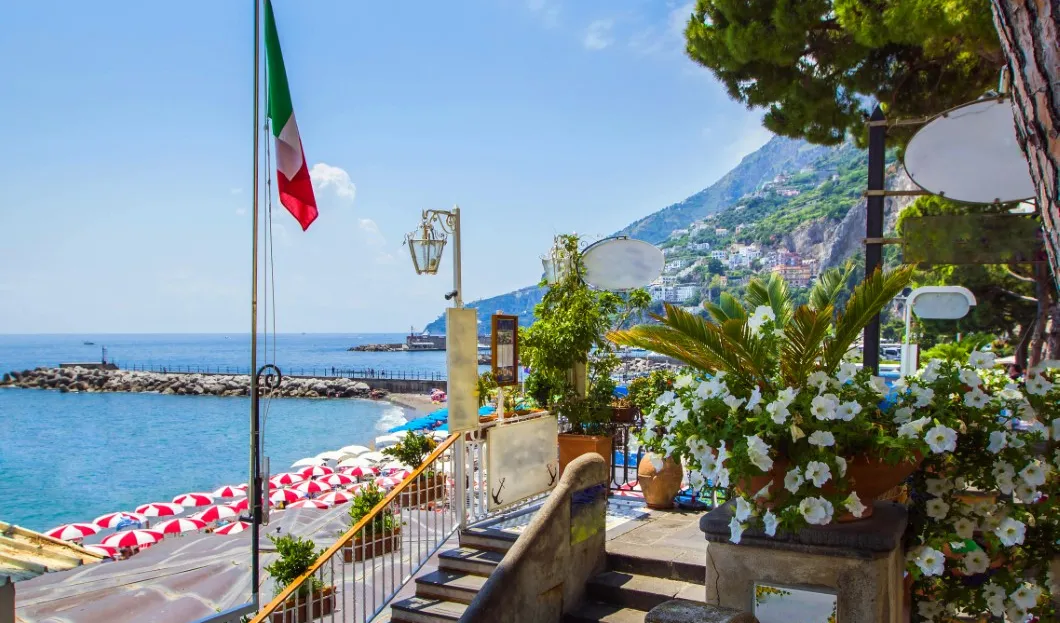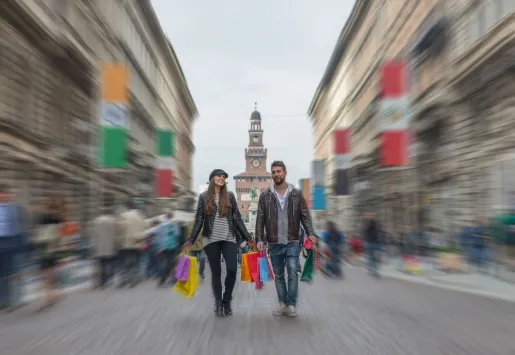
In the last decade, Italian tourism has been growing in three very important aspects. Firstly, added value (around 3.5 billion), then exports (362 billion euros in total), and employment (+20%).
According to experts, tourism can be one of the Italian strengths, but it has unfortunately not yet reached its full potential and recognition. The reason? Probably the poor economic culture of the sector that does not consider Italian tourism as a driving resource for the whole country.
A not very optimistic vision that seems to have arisen from the observation of two components: receptivity and catering. Entertainment and intermediation are therefore excluded, as well as the tourism professions themselves.
The number of tourists arriving from abroad is constantly growing, going from 43 to 60 million arrivals, as well as from 163 to 212 million in terms of attendance. Evaluating the last decade, the increase was almost 40% in the first case and almost 30% in the second.
This implies, in monetary terms, a growth of about 3.5 billion euros in the period of two decades. Tourism flow have only come to a halt between 2008 and 2009, the two-year period of the economic crisis.
Moreover, in this decade, the tourist reception is placed first among the Italian strong points in the broadest sense. In fact, the latter is on the podium of the “4A” of Made in Italy, followed by clothing, furniture and the agri-food sector. Their total contribution was 216 billion euros, of which Italian tourism generated 128 billion euros.
At the regional level, the south has a great potential, despite being in fourth places after the central Italy, north-west and north-east. This ranking is based on values in millions of euros and on turnover in the sector for 2017. The most visited region in the south is Campania, with just over 2 million arrivals.
Beyond the added value, another element that cannot be left out is employment. In fact, 2017 ended with over 261 thousand employees in the sector, affirming the field that saw labor grow more in the medium to long term.
Taking into consideration the time span between 2008 and 2017, employment in Italian tourism has increased by about 20%.
Focusing on this sector for the relaunch of the whole country seems to be a decidedly winning solution. However, Italy needs to intervene in this regard, starting with the enhancement of the Strategic Tourism Development Plan 2017-2022 which obviously requires specific resources for its implementation. Starting with a reduction in taxes, simplification, incentive and regulations can be a great beginning.













